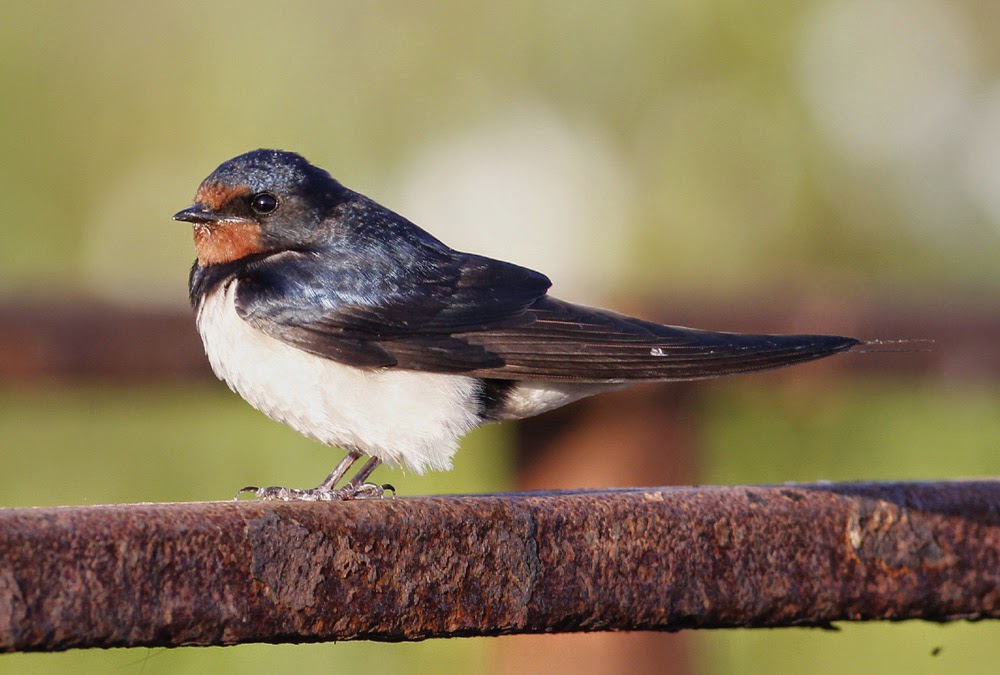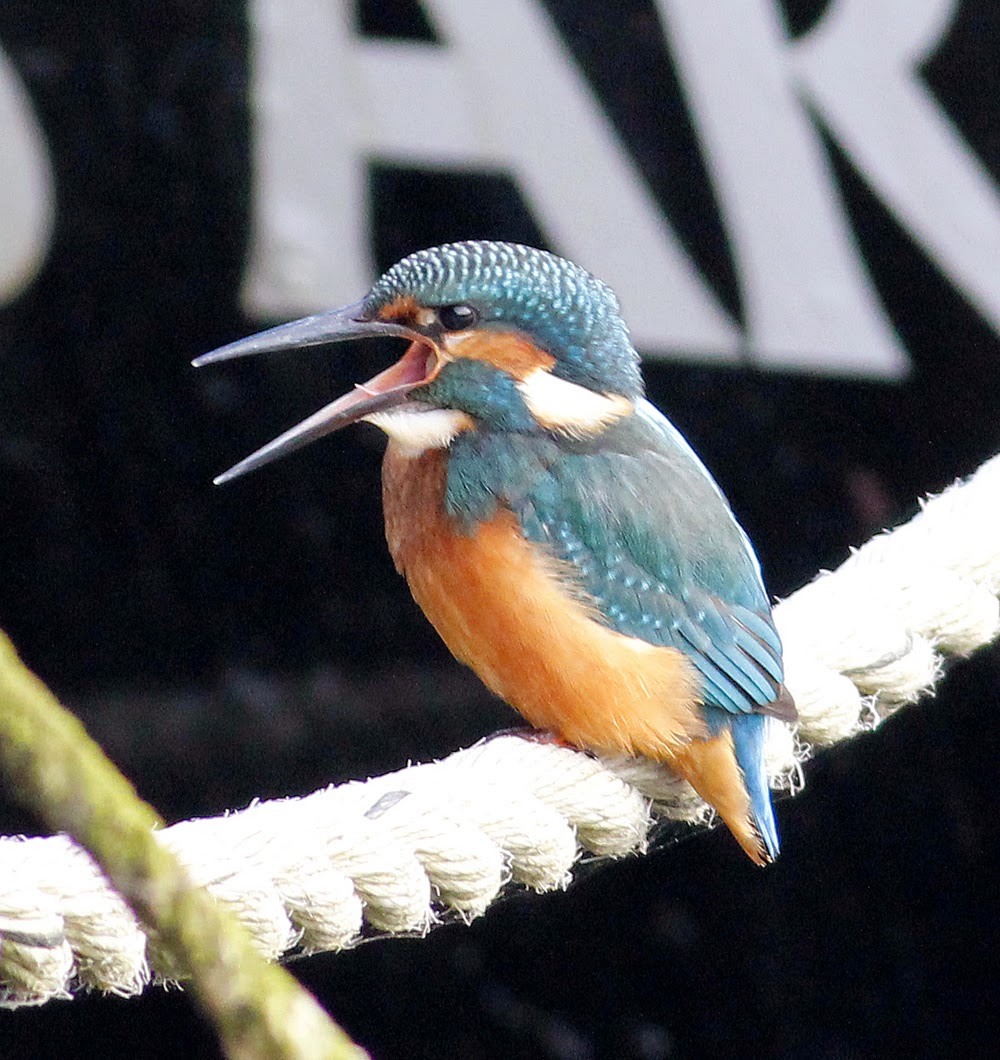Best not to waste this run of fine mornings and get out birding because sure as hell we’ll pay for it sooner or later with a spell of rain, we always do.
So I was up at misty dawn heading north along the A588, slowly but surely so as to give any Barn Owls chance to show. No owls so I made do with a Mistle Thrush, a couple of fence-hopping Skylarks, 3 Pied Wagtails and a singing Corn Bunting. The Corn Bunting was near Gulf Lane again, where it has been singing for a week or ten days from the tops of the tallest roadside bushes and following the pattern of rather mysterious June arrivals by setting up territory near silage crops. There’s another one singing a couple of hundred yards away on the moss and at least two more between Lane Ends and Fluke Hall.
At last at Conder Green, and it’s been a long time coming, a Tufted Duck with youngsters. I watched the female lead 10 ducklings off the near island, the balls of fluff no more than a day old. At Glasson later there was another female with 5 much bigger young.
Otherwise there was little different from recent days, low water levels on the pool and high tide in the creeks making for low counts of 6 Common Sandpiper, 24 Lapwing, 48 Redshank, 1 Greenshank, 5 Little Egret and 1 Grey Heron.
At Glasson Dock a Kingfisher was down in the depths of the moorings today, flying to the stones which are sometimes visible when water levels are low. Against the light and the background of water this picture required some “manipulation”. Digital cameras, long lenses and water surfaces don’t make for good images.
Noise levels increased as people arrived for work at the busy little working port. Early risers chatted and waited to take their boats from the yacht basin, through the lock gates and out to the River Lune via the working dock. It’s a well-practiced operation as boat owners and Canal & River Trust workers join forces to crank the road bridge closed and then manoeuvre the boats through the lock gates to let the water levels rise and fall as necessary.
Meanwhile a Blackbird and nesting Swallows looked on, their precarious nests on the underside of the road bridge now inaccessible for an hour or more until normality was resumed. The Kingfisher flew off towards the estuary and I went for a walk along the canal. When I came back the road bridge was restored with the Swallows going about their business as usual, although they have yet to produce any youngsters and have clearly lost a nest or two already.
There were 2 Common Terns patrolling the yacht basin, their screeching calls drawing attention to their presence. After a while they flew over heading out to the River Lune. Five Pied Wagtails on the car park with 1 Grey Wagtail, 8 Reed Warbler, 3 Reed Bunting, 8 Goldfinch and 6 Linnet along the sunny tow path.
There's more fun in the sun with more birds to see on Another Bird Blog very soon.
Linking today to Skywatch Friday and Run A Round Ranch in Texas.
Linking today to Skywatch Friday and Run A Round Ranch in Texas.
































































.jpg)












